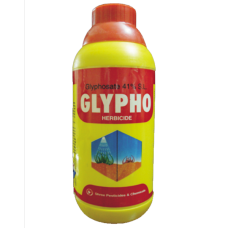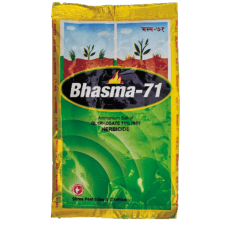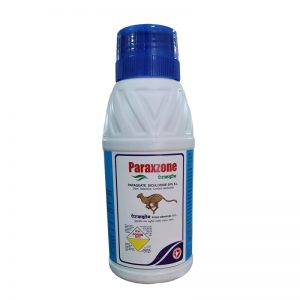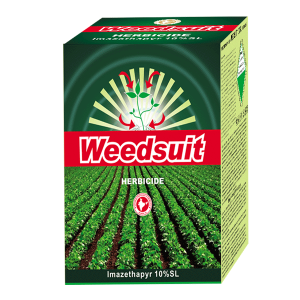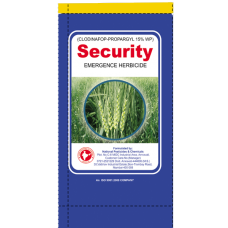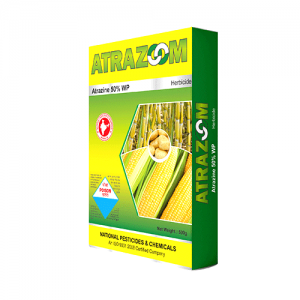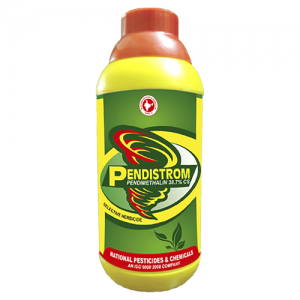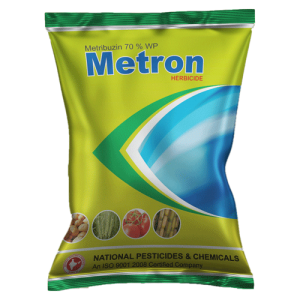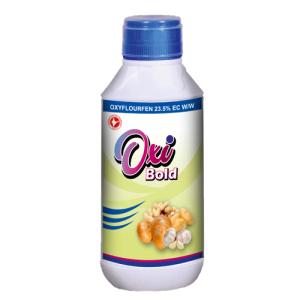Herbicides Products :
Glyphosate 41% SL
Read More…
Glyphosate 71% WG
Applications:
Biochemistry Inhibits 5-enolpyruvylshikimate-3-phosphate synthase (EPSPS), an enzyme of the aromatic acid biosynthetic pathway. This prevents synthesis of essential aromatic amino acids needed for protein biosynthesis.
Mode of action Non-selective systemic herbicide, absorbed by the foliage, with rapid translocation throughout the plant. Inactivated on contact with soil. Uses Control of annual and perennial grasses and broad-leaved weeds, pre-harvest, post-planting/pre-emergence and in stubble, in cereals, peas, beans, oilseed rape, flax and mustard, at c. 1.5-2 kg/ha; as a directed spray in vines and olives, at c. 4.3 kg/ha; in orchards, pasture, forestry and industrial weed control, at c. 4.3 kg/ha. As an aquatic herbicide, at c. 2 kg/ha. Formulation types SG; SL.
Clients can avail this Bhasma 71 (Glyphosate 71% wdg) at industry leading prices from us
Read More…
Paraquat Dicloride 24% SL
Nomeclature:
IUPAC name 1,1′-dimethyl-4,4′-bipyridinediium dichloride; 1,1′-dimethyl-4,4′-bipyridinium dichloride; 1,1′-dimethyl-4,4′-bipyridylium dichloride
Chemical Abstracts name 1,1′-dimethyl-4,4′-bipyridinium dichloride
Other names methyl viologen CAS RN [1910-42-5]; [2074-50-2] bis(methyl sulfate) EEC no. 217-615-7 Development codes PP148; PP910 for bis(methyl sulfate) (both ICI)
paraquat Common name paraquat (BSI, E-ISO, (m) F-ISO, ANSI, WSSA, JMAF); no name (Germany)
IUPAC name 1,1′-dimethyl-4,4′-bipyridinediium; 1,1′-dimethyl-4,4′-bipyridinium; 1,1′-dimethyl-4,4′-bipyridylium
Chemical Abstracts name 1,1′-dimethyl-4,4′-bipyridinium
CAS RN [4685-14-7] EEC no. 225-141-7
Physical Chamistry:
Composition Not normally isolated from the tech. products, which are >95% pure. Mol. wt. 257.2 M.f. C12H14Cl2N2 Form Colourless, hygroscopic crystals. M.p. Decomposes at c. 340 ºC V.p. <1 ´ 10-2 mPa (25 °C) KOW logP = -4.5 (20 °C) Henry <4 ´ 10-9 Pa m3 mol-1 (calc.) S.g./density 1.24-1.26 (20 ºC) Solubility In water c. 620 g/l (20 ºC). Practically insoluble in most organic solvents. Stability Stable in neutral and acidic media, but readily hydrolysed in alkaline media. Photochemically decomposed by u.v. irradiation in aqueous solution.
Read More…
WeedSuit – Imazethapyr 10%SL
Nomanclature:
Common name imazethapyr (BSI, ANSI, draft E-ISO, (m) draft F-ISO)
IUPAC name(RS)-5-ethyl-2-(4-isopropyl-4-methyl-5-oxo-2-imidazolin-2-yl)nicotinic acid
Chemical Abstracts name(?-2-[4,5-dihydro-4-methyl-4-(1-methylethyl)-5-oxo-1H-imidazol-2-yl]-5-ethyl-3-pyridinecarboxylic acid
Applications:
Apply to actively growing weeds in the 2 to 4 leaf stage. Weeds may not be totally controlled but populations will be significantly reduced and surviving plants will generally be severely retarded. Good crop growth will aid weed control.


